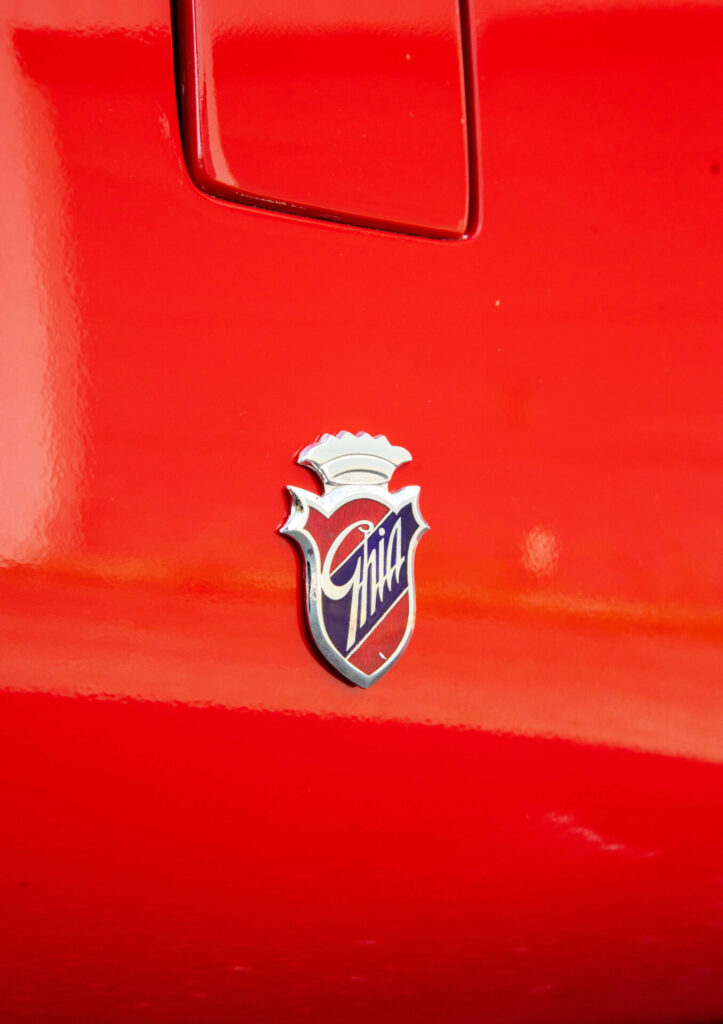The Automotive Dream “One man and his dream had not simply left the world with an engine and four wheels; Henry Ford and his Model T had influenced people's everyday lives - where they lived, how they spent their leisure time, even how they viewed themselves.” - Gary...
Coachbuilding

Photo credit - Good Vision Prod
Recent posts
Lagonda 16/80 Special Six 1933
English Touring The car we present to you this week is the Lagonda 16/80 Special Six in the Demers Car Collection. Lagonda was a luxury British car brand that Aston Martin eventually absorbed. Through its association with Aston Martin, it is sometimes hard to remember...
An Introduction to Lagonda
Before Aston Martin “The history of Lagonda cars is synonymous with sophistication, opulence, and groundbreaking performance” - An article for Discovery UK Today, we may recognize the name Lagonda from its association with Aston Martin. Before these two brands...
Cadillac Model A 1903
The Standard of the World “No other American car on the market in the first decade of the century was constructed to higher standards than Cadillac.” - Stephen W. Sears in The Automobile in America Some of you may know that Cadillac has long had the slogan “Standard...
An Overview
“Each coachbuilt car therefore carried the technical genes of the rolling chassis builder as well as the styling genes of the coachbuilder. The resulting wide range of DNA combinations led to a variety of unique and sometimes priceless coachbuilt cars.” – Coachbuild.com, The Coachbuilders Encyclopedia
To appreciate classic cars, one needs to understand the process of coachbuilding. Available only on the most luxurious of cars, coachbuilding is often synonymous with elegance. Today, car collectors and classic car enthusiasts especially appreciate coachbuilding. A coachbuilt car is handmade, it is a piece of art, unique, from a period before Ford’s assembly line and streamlined, mass-produced (read boring) designs. This week on the blog, we’ll give you a quick overview of what it is, how it started, the first era of coachbuilding and the second era of coachbuilding.
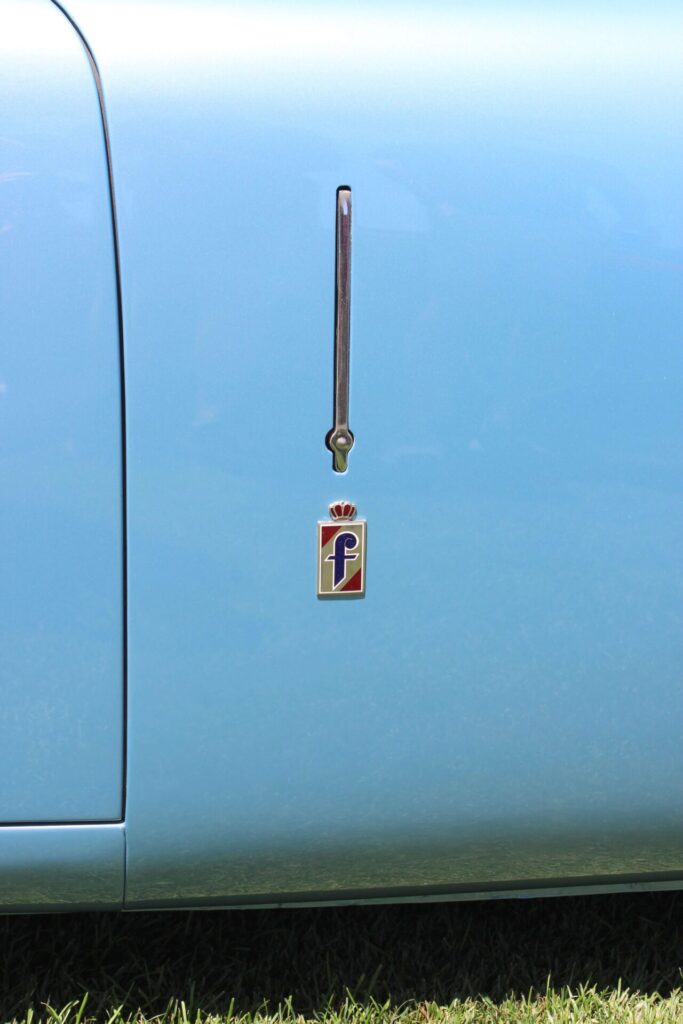
What is Coachbuilding?
In the world of automobiles, coachbuilding is the manufacturing of a new body for an existing chassis. Coming straight from a car manufacturer, a chassis consists of the frame of the car, the engine, the drive-train, the suspension, the steering system and most of the time also includes the radiator grille. The bare chassis then needs to be dressed with a coach. An independent coachbuilder designs and manufactures the body to fit on the chassis. In this process, the designer takes into account the whims and fancies of the buyer contracting their work. The body consists of the outer, visible shell of the car as well as the interior, passenger area.
Coachbuilding is a craft. To have a completed body, the work of many craftsmen needs to be put together. Craftsmen such as metal workers, woodworkers, fabric and interior makers, painters and lacquers, glass makers and someone to put it all together! That last one is the coachbuilder.
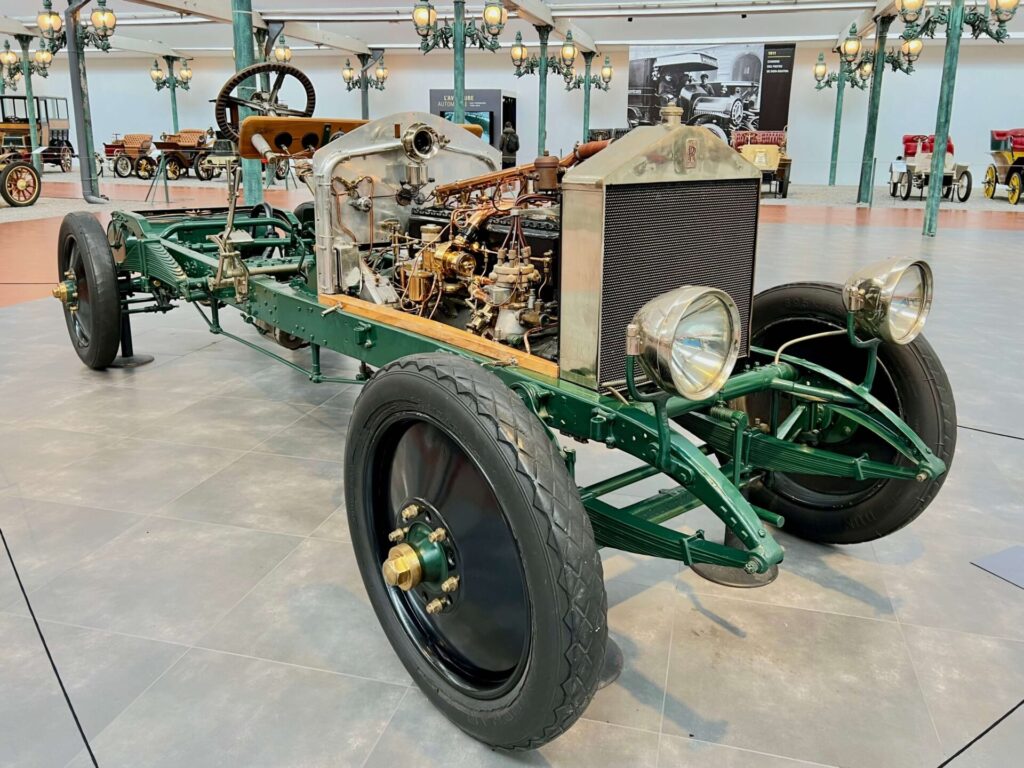
When we talk about coachbuilding from the Classic Era, the bodies are often one-offs or made in limited series to dress production-line chassis. This is an expensive and painstaking process that results in a highly exclusive car. It could take from six months to a year for a car body to be completed. The resulting car thus has a higher value than a catalog model. For example, the 1925 Pierce-Arrow in the Demers Car Collection is a coachbuilt custom. The first owner is reported to have paid $6000 for the bare chassis of a Model 33 Pierce-Arrow and another $7000 for a custom convertible body made by the Derham Body Co.
How Did It Start?
Coachbuilding predates the automobile though. Indeed, horse-drawn carriages were “coached” way before cars were. The word comes from the equine world. Builders of horse-drawn carriages provided custom coaches to royalty and other very wealthy people. As discussed in our article on the horseless carriage, many coach styles like the cabriolet, the sedan, the coupé, the limousine and the phaeton were directly influenced by traditional coachbuilding. Coach design retained many of its characteristics like footboards and other accessories.
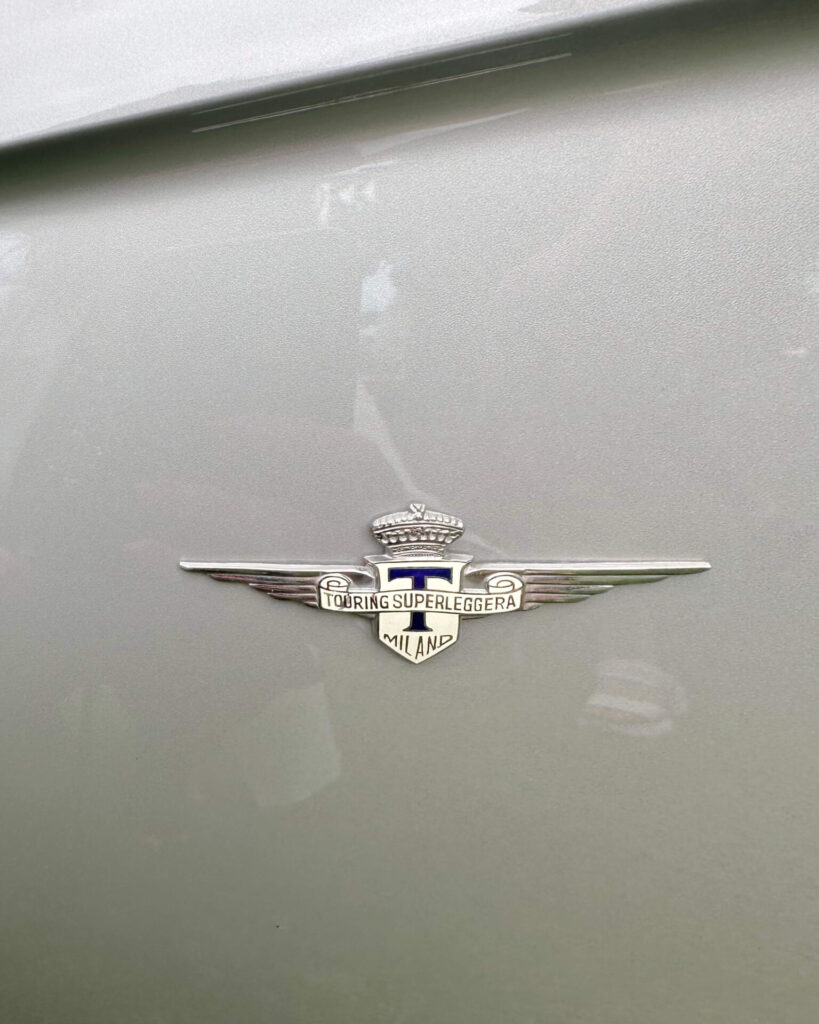
Established coachbuilders were in a privileged position when the automobile was introduced as many of the designs and techniques could be adapted to the new mode of transportation. Plus, their existing clientele were likely to ask for the same level of comfort and individuality from their new cars as what their old carriages provided. Coachbuilders’ merits were tested during Concours D’Elegance. Some design houses’ names became as popular as car brands themselves.
(Etymologically, La carrosserie (the French equivalent of coachbuilding) can be traced back to the Roman Empire. This was when the Latin words “carruca” and later “currus” were adapted from the Gaelic “carros,” which represented Gaelic four-wheel chariots. This primitive form of transportation is what inspired the Currus Dreems name.)
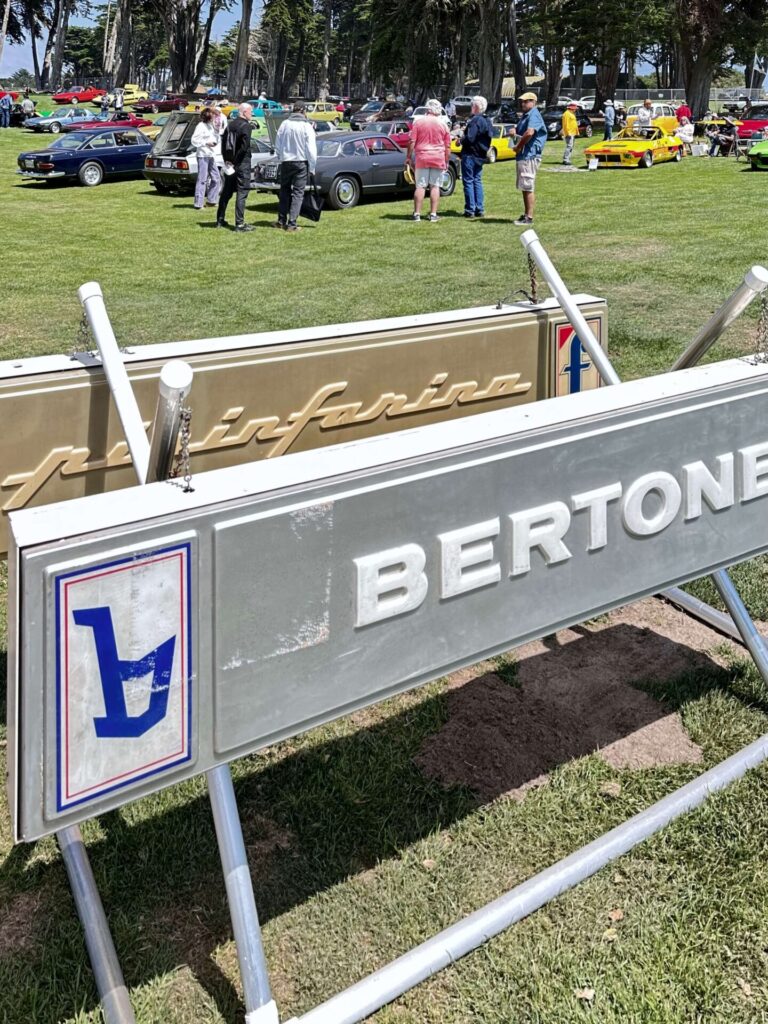
The First Era of Coachbuilding
What we consider the first era of coachbuilding are the glory days of Classic Cars. The base of most traditional coaches of this period was made of wood. The wood was then covered by molded sheets of metal. Throughout the years the use of wood decreased and the use of metal frames increased, especially in mass-produced cars.
Craftsmanship
Generally, bodies were made of steel. Lighter, sportier cars were made of aluminum, a more expensive option. The metal worker would use various techniques to bend the metal to their will to recreate the designer’s drawings of the car. During the Horseless Carriage Era, brass was also extensively used to make car accessories like headlamps, door handles and other trim elements. Another craftsman would then be in charge of painting the metal. In the Art Deco period, artists painted moldings by hand rather than adding an extra piece of chrome. Someone else was in charge of furbishing the interior.
Interestingly, following the horse-carriage tradition, early custom coaches reserved the use of leather for seats that would be exposed to the elements and used fabric for the interior, passenger seats. Leather was more durable so it was reserved for the coachmen and driver. The perception of leather seats as a luxury finish for high-end cars came later!
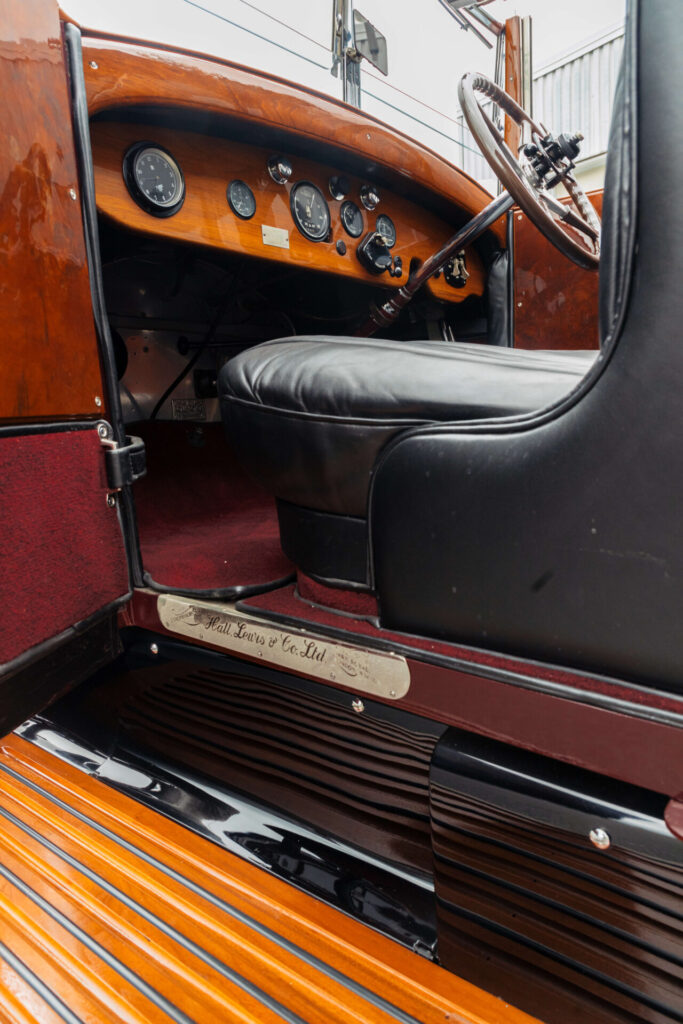
The Golden Years
Automotive coachbuilding truly flourished in the 1920s. New designs and techniques were developed, marking a break from the horse-carriage tradition. Inspiration was found in other fields like boat design and, later, aerodesign. While some carmakers like Delahaye only made chassis, others like Bugatti and Rolls-Royce offered the customer the option of buying a bare chassis or choosing a catalog body made in-house. In an article for Hagerty, Aaron Robinson notes that in this period, car engineering was so simple and the level of wealth of the upper class so ostentatious that it was not uncommon for someone to have a summer and a winter body for the same chassis. Interior elements could include mirrors, lighting and liquor cabinets among other appointments.
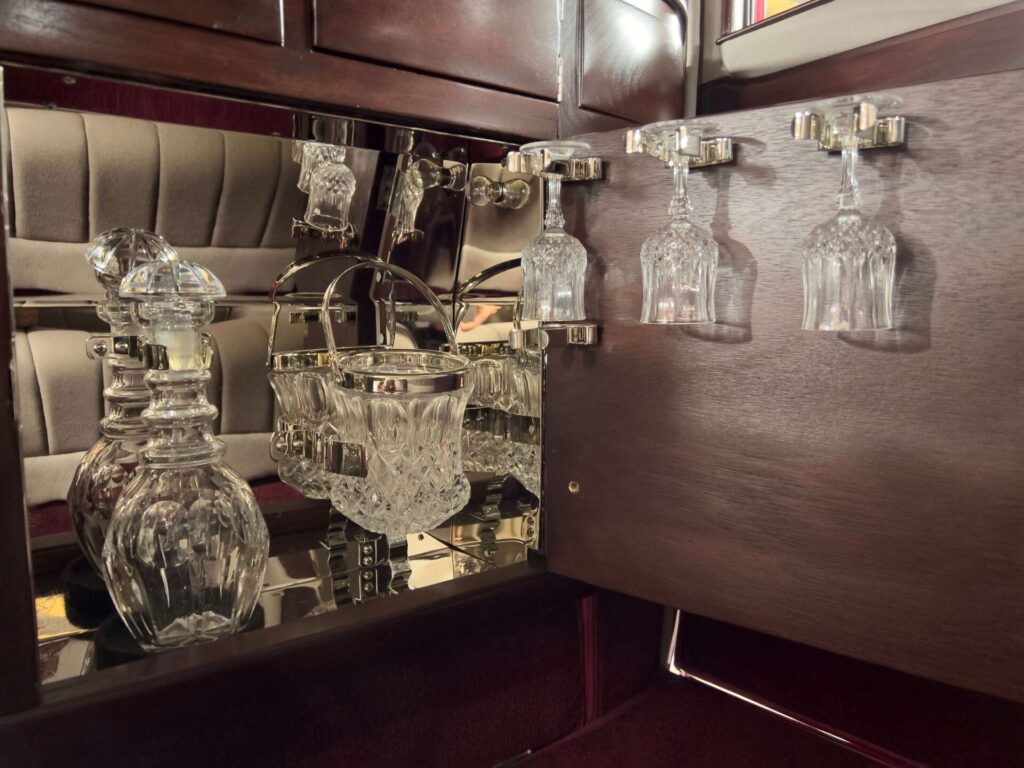
The Second Era
The Italian Transition
The Second World War is a marker in automobile history which indicates a change in coachbuilding tradition. Before the war, all car-producing countries also had great coachbuilders, be it in France, other European countries and even in the United States. After the war, many production techniques changed, making mass production much more efficient. Car manufacturers focused on bringing car design in-house. Tastes and socioeconomic changes also ensued. The public turned away from one-of-a-kind, ostentatious and crazy expensive coaches in favor of more streamlined, practical and affordable cars. Many coachbuilders failed to adapt and simply went out of business due to a lack of demand. The tradition wasn’t completely dead, however. After the war, the focus shifted to Italy where coachbuilding evolved and persisted. While the new French taxation system discouraged the purchase of luxury cars, Italian houses prospered.
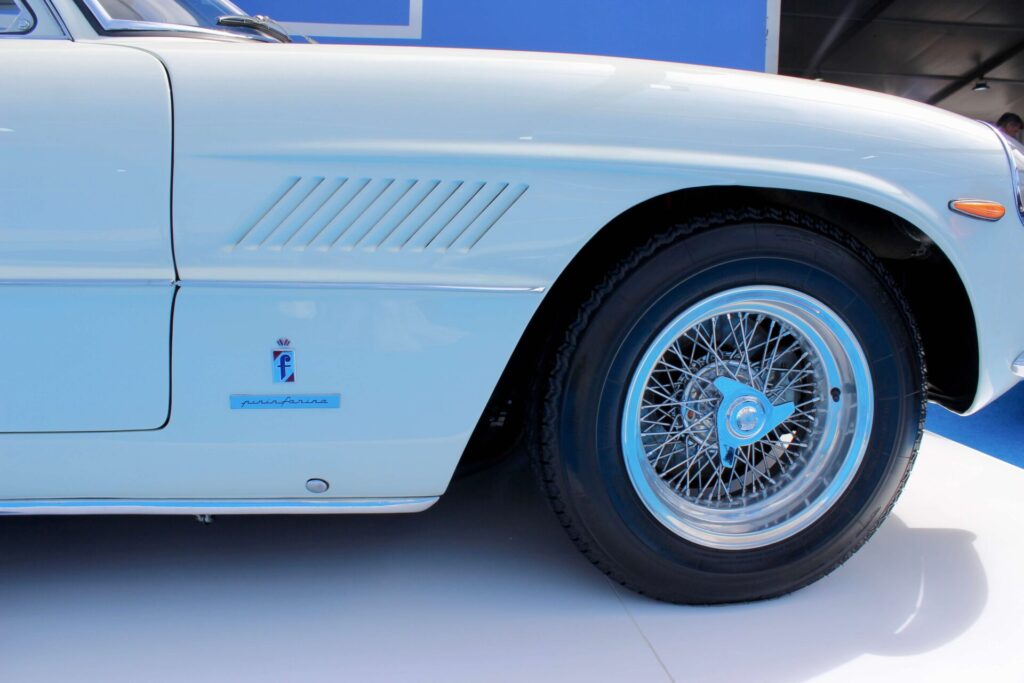
For a time, it seemed that the Italian buyer was still more concerned with design than other considerations. Unlike other coachbuilders, the Italian carrozzerias managed to adapt their business model from working with individual buyers to becoming dedicated design houses serving automakers. We can still recognize names like Pininfarina, Bertone and Zagato.
Monocoque Design
Another change in trend that influenced the decline of coachbuilding was the introduction of monocoque designs popular after the Second World War. Monocoque bodies, unlike traditional coachbuilt cars made out of a chassis and a body, integrate all the parts of the car into one structure. The chassis wasn’t a flat board on which you could sit any body type anymore. Chassis included vertical panels, window pillars etc. that dictated much of the shape of the car. At the same time, safety regulations increased which further limited creativity in the design department. Shall we forget the infamous launch of the Jaguar XJS? Or, how hood ornaments became a threat to pedestrian safety?
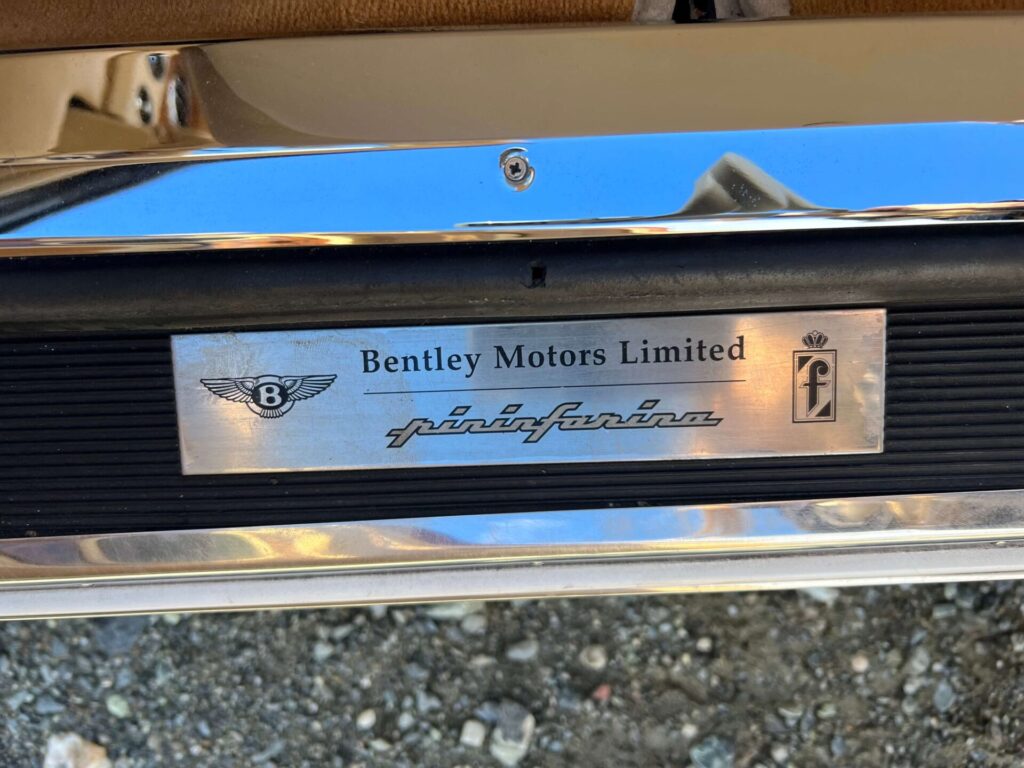
What Now?
Today, coachbuilding is perhaps one of the most niche aspects of car manufacturing. Even the great Italian design houses Pininfarina and Bertone folded in the last decade or so. The average person probably doesn’t even know that custom, one-off cars are still being made today. With the amount of work that goes into the making of a modern car, especially since it has to comply with today’s road safety regulations, only a few people can afford to finance a single, custom-made car. Perhaps, this is not so far from the original craft of coachbuilding, since only royalty and close-to-royalty-status people could afford it. The vast majority of people couldn’t afford such ostentatious horse-drawn carriages.
Restoration is also essentially coachbuilding and is still happening today. The craftsmanship required in a good restoration is the same that was required when the car was new. Speaking of royalty and coachbuilding, don’t miss next week’s blog article where we introduce you to a Rolls-Royce in the Demers Car Collection that counts a princess in its list of previous owners.
